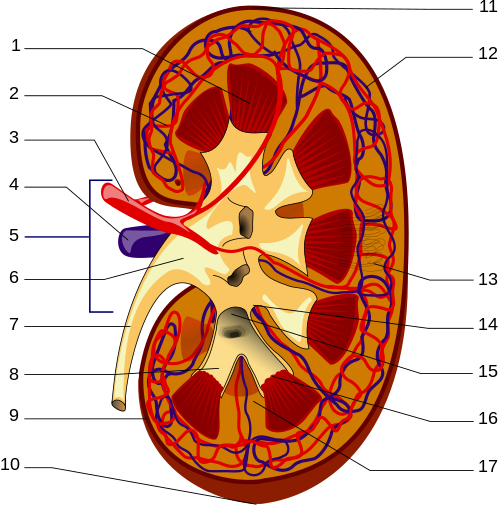
Photo from academic.microsoft.com
The major medical advances in our knowledge of the human leukocyte antigen (HLA) system have allowed to uncover several gaps in our understanding of alloimmunity. Although the non-HLA system has… Click to show full abstract
The major medical advances in our knowledge of the human leukocyte antigen (HLA) system have allowed to uncover several gaps in our understanding of alloimmunity. Although the non-HLA system has long sparked the interest of the transplant community, recognition of the role of immunity to non-HLA antigenic targets has only emerged recently. In this review, we will provide a comprehensive summary of the paradigm changing concept of immunity to the non-HLA angiotensin II type 1 receptor (AT1R) discovered by Duska Dragun and colleagues, that began from careful bedside clinical observations, to validated detection of anti-AT1R antibodies and lead to clinical intervention. This scientific approach has also allowed the recognition of broader pathogenicity of anti-AT1R antibodies across multiple organ transplants and in other human diseases, the integration of both non-HLA and HLA systems to understand their immunological effects on organ allografts and the identification of future directions for therapeutic intervention to modulate immunity to AT1R. Rationally designed successful interventions to target AT1R system provides an exemplar for other non-HLA antibodies to cross borders between medical specialties and will generate new avenues in translational research beyond transplantation, and will foster the development of new and reliable tools to improve our understanding of non-HLA immunity and ultimately allow to improve patient care.
Journal Title: Kidney international
Year Published: 2021
Link to full text (if available)
Share on Social Media: Sign Up to like & get
recommendations!